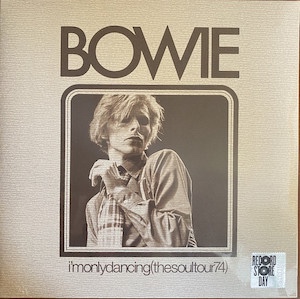The Dynamic Duo In Ivory; Ultimate Unity At The Piano
By Jo Phillips
Two is better than one in almost all situations in life. One of the most highly-acclaimed piano duos performing today, Charles Owen and Katya Apekisheva are passionate advocates for the wide range of four hands and two piano repertoire. In parallel with their extensive solo careers, they have been performing together around the world and across the UK since 2001. Find out more here in The Dynamic Duo In Ivory; Ultimate Unity At The Piano
Here .Cent exclusively asked the duo to express what working together is like in their world. Charles Owen and Katya Apekisheva in this piece explore ‘the art of piano duos’.
What is a piano duet?
CO: Piano duets are written for two pianists to be play together at one piano. Some of the finest early examples were composed by Mozart to be performed with Nannerl, ( Maria Anna Mozart) his brilliant pianist sister.
A fine painting from the 1780s depicts them seated together at one piano with Mozart’s hand crossed tenderly over his sister’s. The proximity of the players could provide a socially acceptable way of enjoying ‘up close and personal’ moments with a love interest, whilst also enjoying the sociability of the music making.
The musical rewards of four hands on one keyboard can make for an especially rich sonority creating a memorable experience for the two players.
How did you both meet and how long have you been performing together as a piano duet?
KA: Charles first saw and heard me play in 1987 ( when I was 11!) when I came to the UK with fellow pupils from the Gnessin School, Moscow. We played a showcase concert at the Menuhin School where Charles was a student at the time.
Years later we met at Royal College of Music where we both studied with the late Irina Zaritskaya. Our friendship began then but we didn’t play together until we were invited to perform Schostakovich’s two piano suite at the Homecoming Festival in Moscow in 2002.
We really clicked musically and this is how our collaboration started. Since then we have been performing together regularly and we founded the London Piano Festival together in 2016.
What are the practical elements of performing a piano duet – e.g. who leads, crossing hands, etc.?
CO: The key practical elements of playing four-hand piano duets consist mainly of synchronisation, intelligent balance of sound and the choreography of the hands/arms.
Breathing together is a great help in coordinating the sounds and phrases. When the hands come perilously close to each other, one played may need to adjust their wrist to allow the partner’s hand extra space to fit in. Pedalling is usually the duty of the ‘secondo’ player, seated towards the lower end of the keyboard. This role assists with making the harmony clear and sustained when necessary.
Tell us about the creative process behind performing a piano duet work – do you spend a lot of time discussing how to coordinate your interpretation of the piece, or is it intuitive by this point?
CO: During rehearsals, all of the above-mentioned elements need to be addressed. The interpretation can emerge organically but usually takes times after practising and discussing the many aspects of the music.
Slow, detailed work can also help the pianists dig deeper into the score. The rewards of such practice quickly become apparent when the music is later played in the correct tempo!
How important a role do you think friendship plays in piano duet performance?
KA: Friendship is very important in a piano duet, we have to think and feel as one . Often two pianos or four hands pieces have very rich or polyphonic textures and we have to think of our parts blended together rather than just only think of our own part.
A piano duo can’t exist without mutual respect, you have to be open for feedback and even some criticism. Luckily Charles and I never argue in our rehearsals, it’s a pure joy to work together, we are also close friends outside our rehearsals.
What is your favourite piece to perform together, and why?
KA: One of our absolute favourite pieces to play are the Symphonic Dances by Rachmaninoff, his final masterpiece from 1940.
The depth of emotion, richness of textures, incredible harmonies and creativity of Rachmaninov’s writing never cease to amaze us. Performing Symphonic Dances makes for the most intense/rewarding experience, and challenging too as it’s extremely virtuosic! Through our work as Artistic Directors of our London Piano Festival we’ve commissioned a number of piano duets
Katya Apekisheva and Charles Owen’s annual London Piano Festival takes place at Kings Place, London, from 4-6 October Get Tickets Here
If you enjoyed reading The Dynamic Duo In Ivory; Ultimate Unity At The Piano why not read The Ultimate Scented Set Up Here
.Cent Magazine London, Be Inspired; Get Involved




